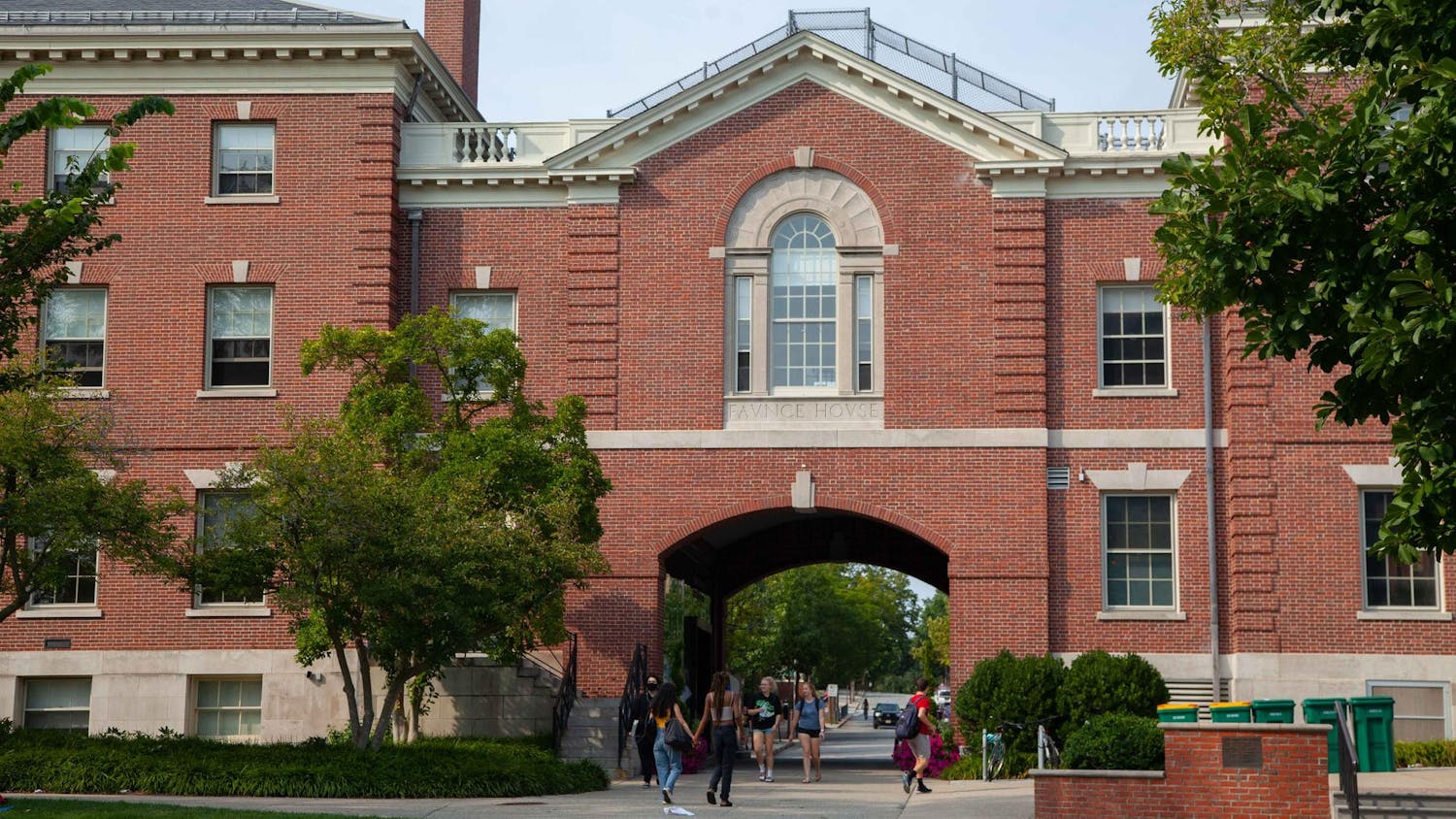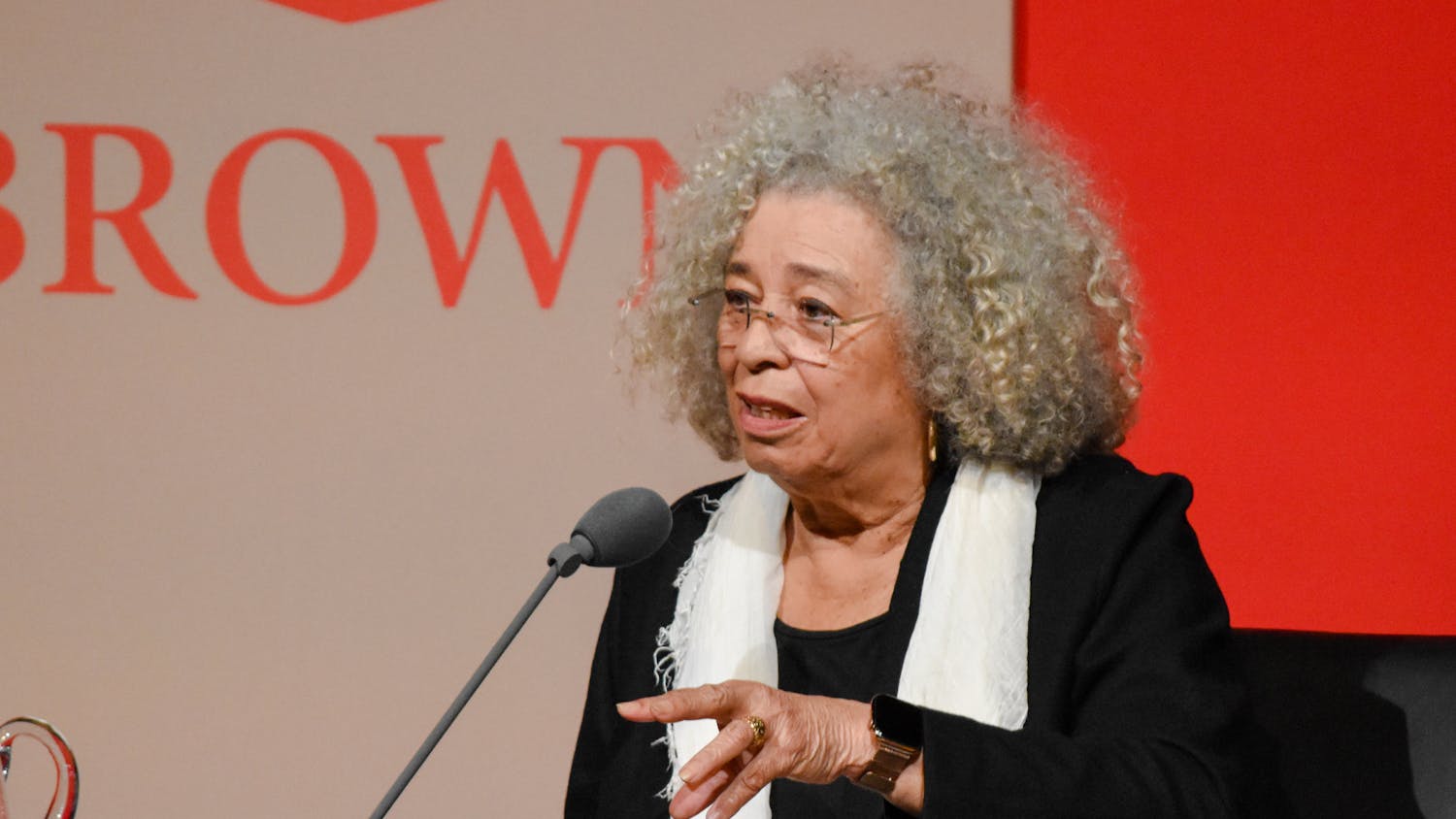Brown's endowment grew 6.9 percent last year — with a 10.2 percent net gain — chiefly due to rebounding markets.
Currently valued at $2.18 billion, the endowment grew by a total of nearly $180 million over the last fiscal year, which ended in June. Although the endowment actually cultivated a 10.2 percent total return, the University spent $135 million on operational costs, according to Executive Vice President for Finance and Administration Beppie Huidekoper.
Brown finished near the middle of the pack in terms of net increase compared to other Ivy League schools. Though the University's net gain of 10.2 percent was trounced by Columbia's 17 percent return and Princeton's 14.7 percent return, according to Bloomberg news reports, Brown outgained Yale and Dartmouth. Harvard, which has the nation's largest endowment, grew by 11 percent.
The difference in institutions' endowment success this past year was chiefly due to their asset allocation and investment strategies, Huidekoper said. The University does not focus on year-to-year comparisons with other Ivy League endowments, Huidekoper said.
"You really want to look at the strategy over a period of years," she said.
Huidekoper credited the stabilizing market for Brown's endowment gains, saying the endowment's investments increased in all areas of market sectors across the board.
Though Huidekoper cautioned reading too much into the gains until an audited financial statement, the University's summarization of the economic narrative of the past fiscal year, is released in December, she said that the University was not surprised by the endowment's gains.
"They all performed about where we would expect," Huidekoper said, adding that real assets "didn't do very well."
"Nothing did badly, but they all performed relative to what their normal market value did," she said.
The University's investments are spread among five major categories: equities, fixed income, hedged strategies, private equity and real assets. Public equities, or investments in publicly traded companies, featured the largest gains, while real assets, investments in physical and tangible goods like gold and housing, made the smallest increases. As of June 30, 2009, 15 percent of Brown's assets were invested in public equities and 11.5 percent were devoted to real assets, according to the Annual Report 2008-09.
Private equities performed better then expected, Hudiekoper said.
In regard to real assets, Huidekoper said though the University was disappointed about its nominal gains, Brown tries to gauge its investment success "relative to what the market did."
"It's sort of like if your house … didn't decline as much as everyone else, you did well, so you kind of have to look at this in the context of how other classes did," Huidekoper said.
According to Brown's financial statements, the endowment "consists of approximately 2,500 individual funds."
The five- and 10-year returns for the endowment are currently at 4.6 and 6.9 percent.
These numbers are woefully low, Huidekoper said. The University shoots for 10 percent annual growth.
The endowment is overseen by the Investment Committee, which is chaired by Corporation Trustee Larry Cohen '78 P'08 P'11 P'13 P'13, Huidekoper said.




